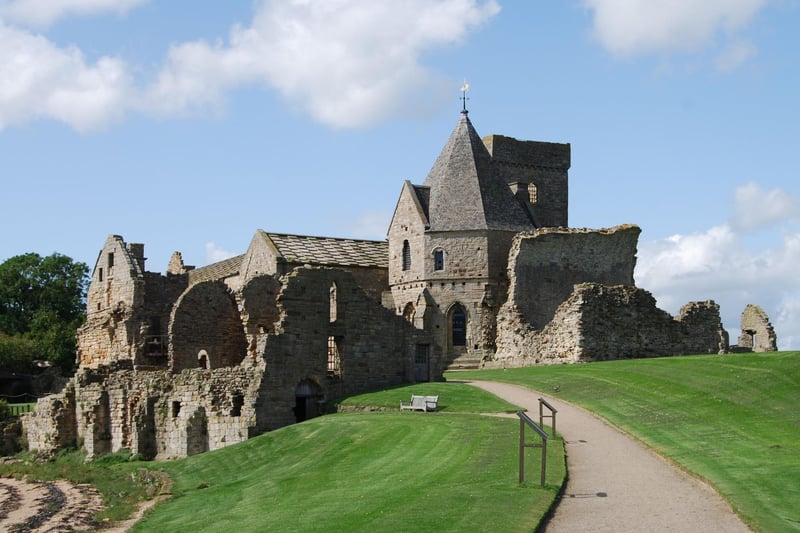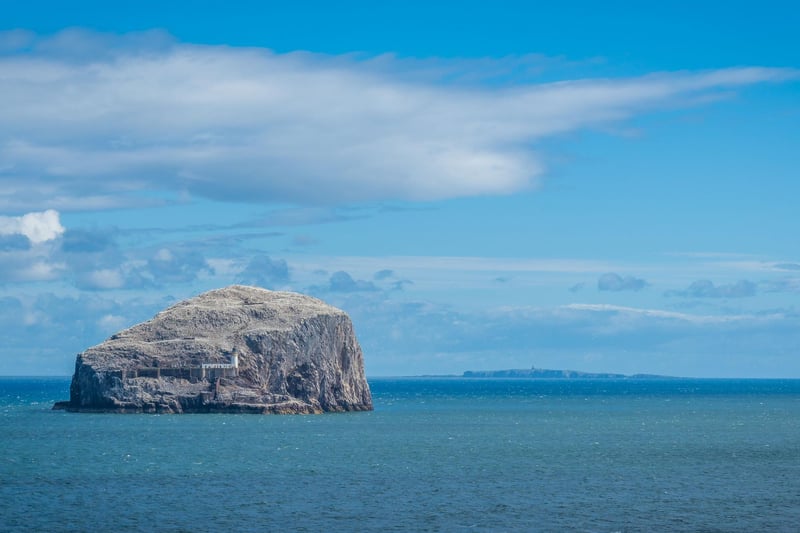Scotland’s western islands get a deserved amount of attention. But if you want to do something different, why not explore the eastern isles scattered along the Firth of Forth estuary? Mostly uninhabited and reclaimed by nature, they are home to countless wild seabirds and ancient castle ruins, and hold stories of smugglers, military battles, fleeing monks and political treachery.
Here is our guide to these extraordinary islands.

5. Inchcolm
Inchcolm is considered to be the most aesthetically pleasing of the Firth of Forth isles. Found just a mile south of Braefoot Bay in Fife, it is best known for its 12th Century abbey founded by King David I. It is open to the public - with spectacular views from the tower - and thought to be one of the best preserved monastic buildings in Scotland. Old wartime fortifications can also be found on the island, including a First World War ammunition tunnel, and there are two beautiful beaches here to enjoy. Photo: Getty Images

6. Bass Rock
Rising out of the sea millions of years ago, Bass Rock is a volcanic plug which has been named "one of the wildlife wonders of the world" by David Attenborough. Found to the north east of North Berwick, its huge colony of 150,000 gannets makes it a Site of Special Scientific Interest. Besides the wildlife there is a lighthouse, old monastery, and ruins of a castle which was once a notorious gaol for religious and political prisoners. This remarkable isle has inspired writers including Robert Louis Stevenson. Photo: Getty Images

7. Fidra
To the south of Bass Rock and off Yellowcraig beach is Fidra, Old Norse for 'feather island'. As its name suggests, this isle has a significant population of seabirds, and is an RSPB nature reserve. Robert Louis Stevenson - whose father helped build the lighthouse here - is believed to have based the map in Treasure Island on Fidra. Photo: Getty Images

8. Craigleith
Directly North of North Berwick is Craigleith, a lava dome which was once used for breeding rabbits before the population was wiped out by myxomatosis. Wildlife boat trips travel here to see the seabird colonies including cormorants, shags, guillemots and puffins. The latter sparked an SOS Puffin project after their numbers plunged from 10,000 to just a thousand due to invasive plants strangling the birds' nesting burrows. Photo: Getty Images

